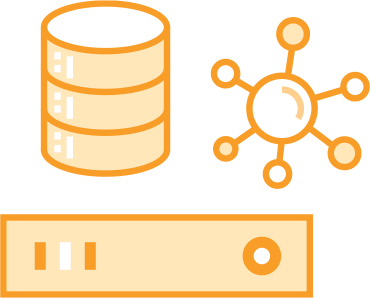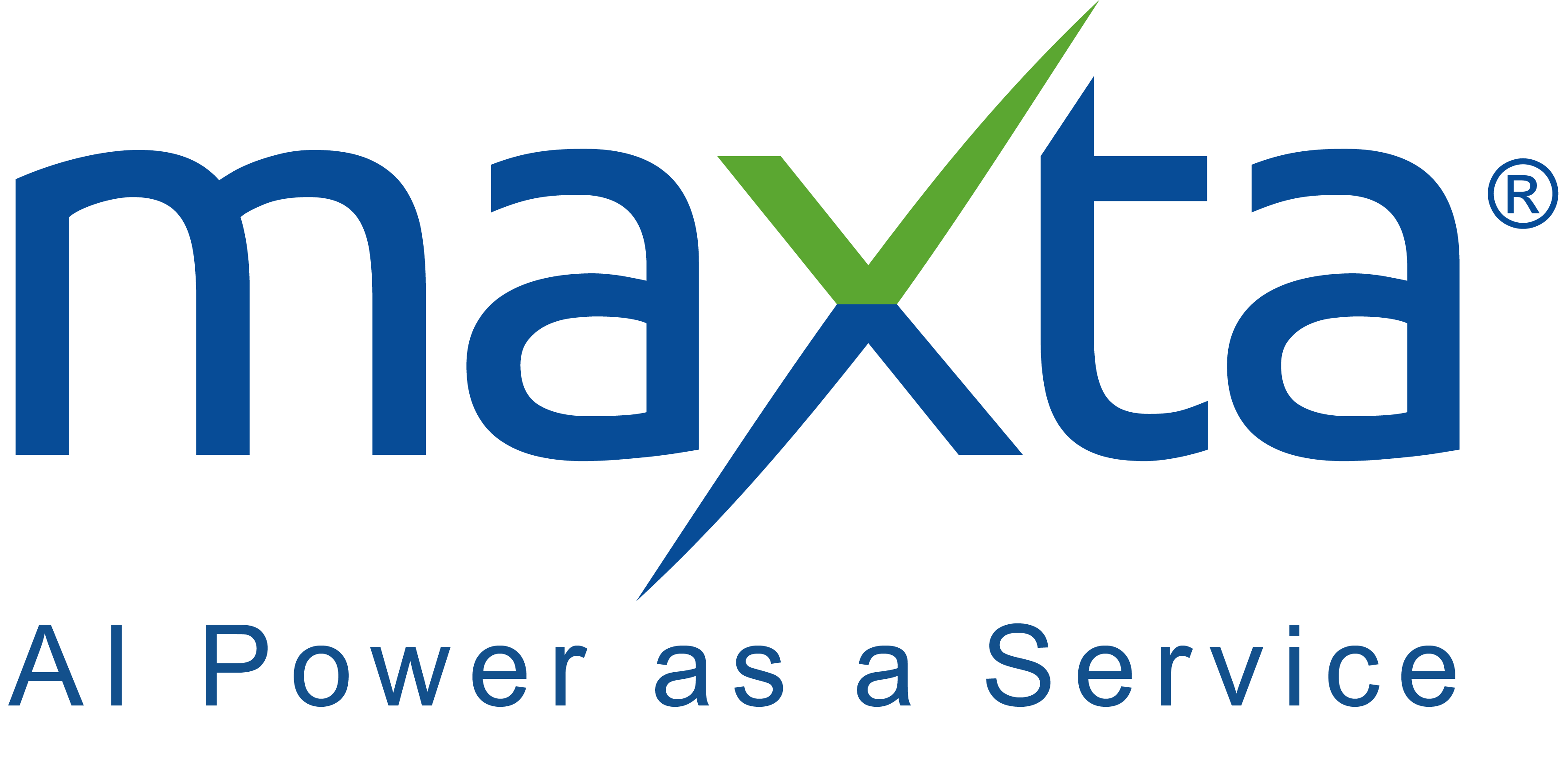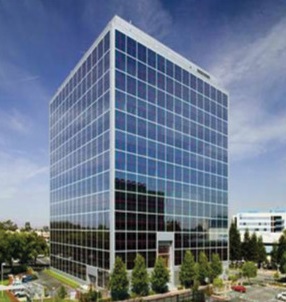Enabling Customer Success
Architecting better, more flexible and cost-effective digital transformation infrastructures

Out-of-the-Box Computing Power
Computing Power Service Subscription
Provide diverse forms of computing power service delivery, including bare metal, virtual machines, containers, and other diverse GPU computing power resources.
Users can purchase the computing power through the cloud service, realizing instant use without the need to maintain servers and other hardware devices.
New Generation Intelligent Computing Upgrade
Intelligent Computing Center Construction
The scenarios encompass traditional IDCs, large enterprises, scientific research institutions, and more. Our construction plan boasts advantages such as full-stack services, full equipment adaptation, and high-performance architecture, which empowers users to maximize the utilization of computing resources, thereby enhancing business value.


Get Rid of Computing Power Anxiety Once and for All
Integrated Scheduling of Computing Power
Built on cutting-edge computing power scheduling technology, leveraging the advantages of non-local, heterogeneous, and energy-efficient features, our system rapidly, flexibly, and on-demand matches computing power resources for users, resulting in cost savings and lowering the utilization threshold.
Why Maxta’s Hyperconvergence Continues to Lead the Way?

Appliances Have Hidden Costs
The appliance approach to hyperconvergence makes installation and configuration simple. But that simplicity comes at a cost later. There’s a hidden refresh tax since you have to rebuy software when you refresh nodes, and an upgrade tax since adding capacity means adding an appliance. And you can get locked into the hardware platform, and potentially a hypervisor.

Software Gives You Choice, Flexibility
Software-based hyperconvergence offers freedom of choice over both the hardware and hypervisor, can leverage existing servers and gives IT the flexibility to expand storage either within a server or by adding another server. Since you own the software, so there’s no refresh tax. And of course, you can also purchase the software pre-installed on the widest choice of server platforms making it just as easy to configure as an appliance model.

Deploy Hypervisors and Containers
Architected for the Future
One platform that scales from virtual machines to containers.
Maxta architecture was designed from the beginning to support any abstraction layer. The first and most prominent abstraction layer is a virtual machine. The second emerging abstraction layer is a container. Maxta gives you the flexibility to adapt to changing technology like containers while continuing to derive value from your existing investment in virtual machines. This provides customers with a single hyperconverged platform that supports the abstraction layer best suited for each workload.
“We run a pretty tight ship in our engineering department. I don’t want to have onsite storage engineers at every location. Because Maxta is so maintenance-free, I don’t have to double or triple or quadruple my staff. If you calculate that cost over years and years, I’m saving a ton of money.”
– Larry Chapman, IT Manager at TruSource Labs
Maxta Hyperconvergence Software Advantages

Software Only or Pre-Configured Servers
Use existing servers, buy pre-configured servers, or use a combination of both.

Scale Compute & Storage Separately
Scale up by adding disk, memory, or CPU to existing nodes, or scale out by adding new nodes.

Choose Hypervisors or Containers
Choose Red Hat or VMware Virtualization in Addition to Containers

No Refresh Tax
Only pay for software once with a perpetual license – not every time you refresh hardware.

No Upgrade Tax
Add capacity to a node, add a node, or add compute only nodes – without appliance vendor markups.

No Vendor Lock-In
Mix and match server hardware, drives, and leading hypervisors within a single deployment, so you’re never locked in.


 Maxta Introduces VMware Escape Pod
Maxta Introduces VMware Escape Pod


